Le Padel would be born, according to Sanchez-Alcaraz Martinez[1], in Mexico in 1969, and invented by the businessman Enrique Corcuera. The latter, who wanted to build a tennis court around his house and having not enough room, would have built a pitch of 20 meters on 10 with walls with a height of 3-4 meters. He would have adapted the rules and equipment. He decided to continue playing with a rebound on the ground after the ball hit a wall, and changed the tennis rackets with a string through a wooden racket.
Before that, tennis took other forms and approached the padel invented by Enrique Corcuera. The first form, called "Paddle tennis" was invented by the reverent North American Franck Beal, who made modifications on a court to teach tennis to children. So he reduced the size of the field in half, introduced a foam ball and a wooden racket. This version was very popular in Michigan and especially among more modest families who could not afford to build a tennis court. In 1922, a paddle tennis tournament was established and the following year the rules were approved by the USPTAC (United States Paddle Tennis Association). This sport has thus become practiced throughout the country.
Meanwhile, in the late 1920s, Freseddenn Blanchardy and James Cosswell made some modifications to improve practice and be able to practice in the winter. Thus, the "platform tennis" was born in the district of Scarsdale in New York. The goal was to allow neighborhood youth who cannot afford to go to indoor clubs to still play sports in winter, even in the snow. For this, they set up a platform system to be able to remove accumulated snow more easily. Very quickly, changes were made: the addition of a fence around the field, a doublet game, a rubber ball and smaller racquets. This practice has made it possible to replace tennis in many states in the United States during the fall-winter periods.
However, the version which was accepted by the International Federation of padel is that of Enrique Corcuera, the first cited in this part. This sport was then imported to Spain, by one of his friends, Asfonso de Hohenlohe, who took a liking to it. The first Spanish courses were created at the Marbella Club, and were very successful very quickly.
In 1975, Argentinian millionaire Julio Menditengui, a frequent visitor to Marbella, witnessed the success of the padel and decided to import it to Argentina. In a few years, the padel becomes in Argentina on 2rd most practiced sport of the country, with more than 4 million practitioners and 10 000 course. This sport has expanded rapidly in Brazil, Uruguay, Chile and Paraguay.
[1] SANCHEZ-ALCARAZ MARTINEZ Bernardino Javier, “Historia del padel =History of Padel", Materials for the Historia del Deporte (11 number), 2013
https://www.upo.es/revistas/index.php/materiales_historia_deporte/article/view/800
Pierre studied STAPS, and validated a master's degree in sports management, after studying in Reims, Frankfurt and Lille. I discovered the padel in 2014 during my Erasmus year in Frankfurt thanks to a Spanish friend. Damn it is good padel !















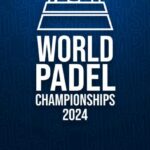

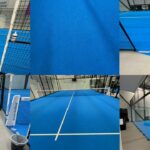


















































































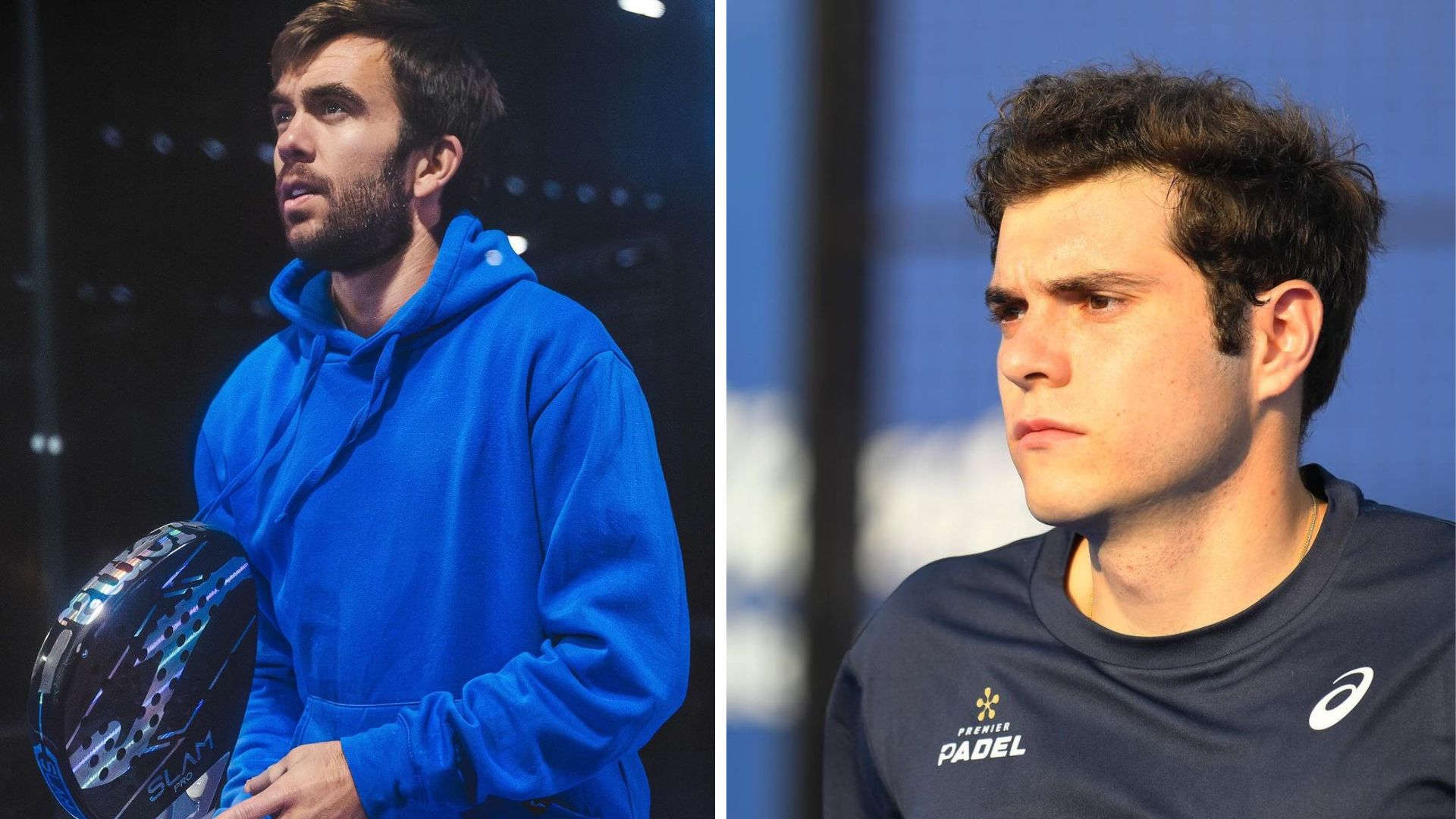 It’s off to a bad start for Pincho Fernandez and Javier Barahona…
It’s off to a bad start for Pincho Fernandez and Javier Barahona…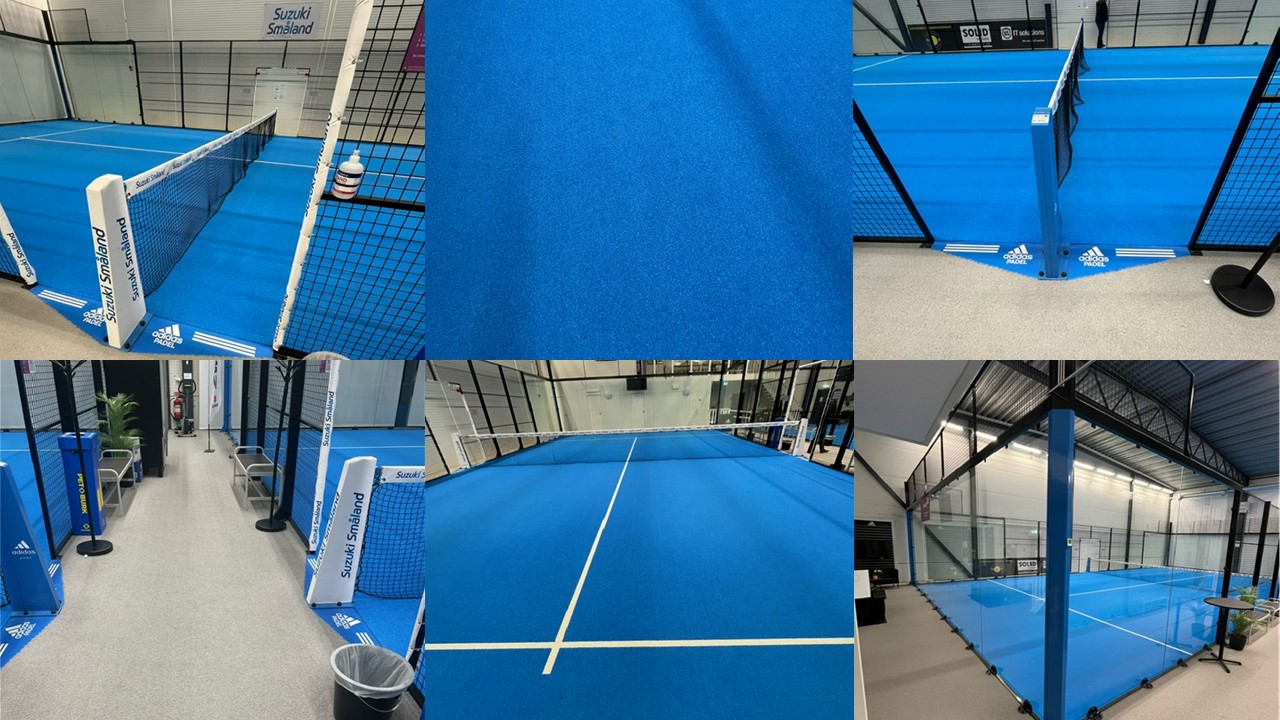 Occasions – Two tracks of padel premium available for sale for €25.000
Occasions – Two tracks of padel premium available for sale for €25.000 Padel Score comes to Tahiti for American Express Padel Cup!
Padel Score comes to Tahiti for American Express Padel Cup!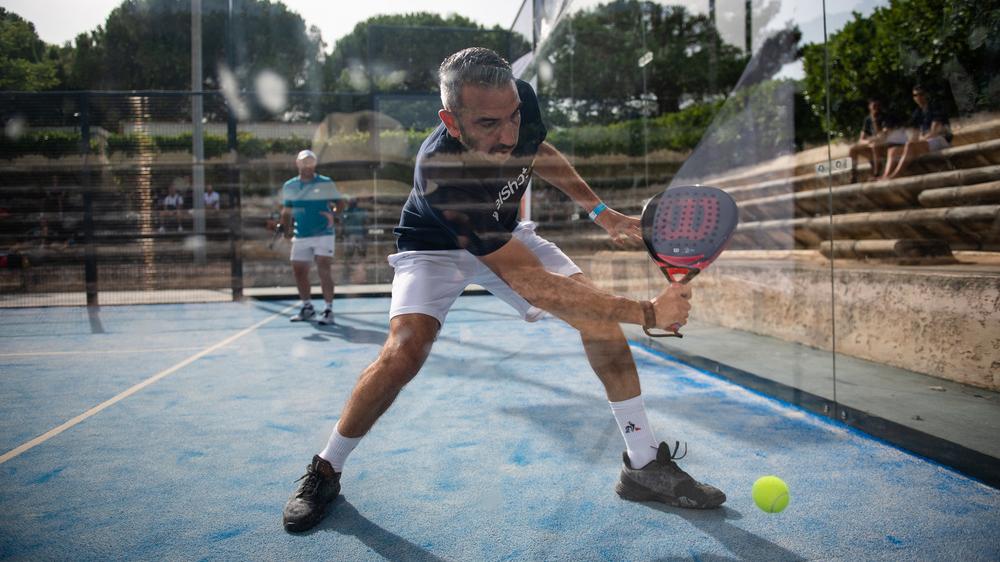 Simon Boissé: “We know that there are two nations in front of us”
Simon Boissé: “We know that there are two nations in front of us” Marie Maligo: “This period of frequent changes of partners was beneficial for me”
Marie Maligo: “This period of frequent changes of partners was beneficial for me”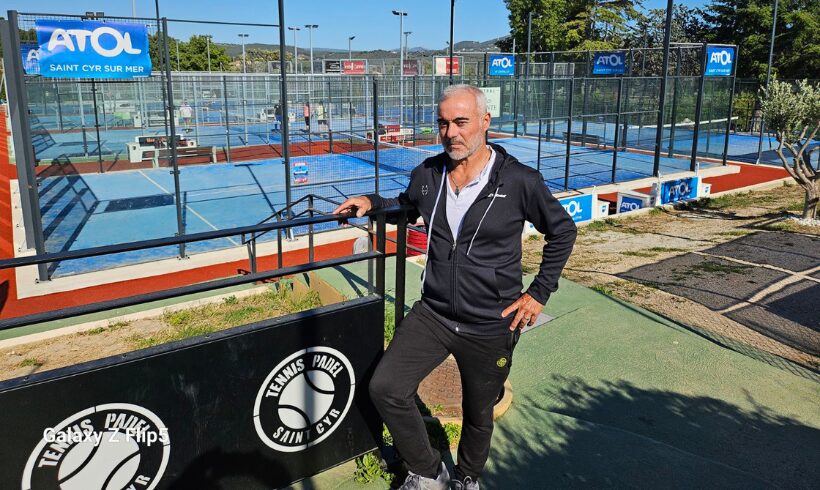 Alain Idier: “Adding tracks of padel, without sacrificing tennis”
Alain Idier: “Adding tracks of padel, without sacrificing tennis”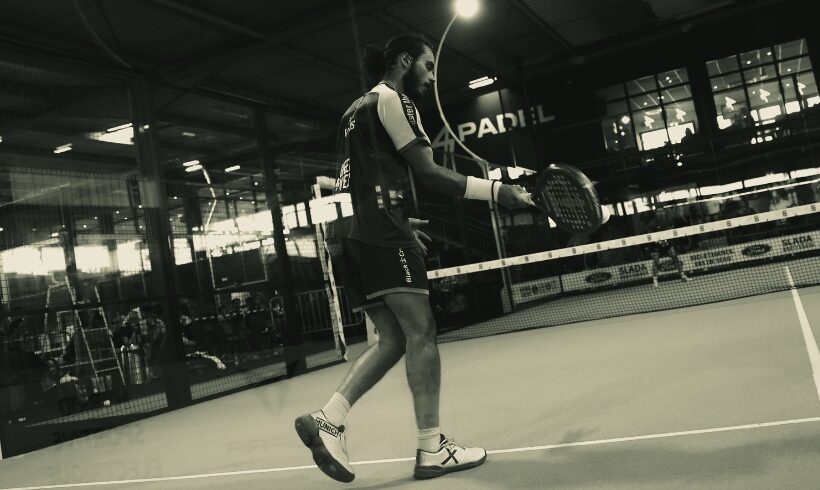 Manuel Vives: “It’s extremely difficult to get by financially”
Manuel Vives: “It’s extremely difficult to get by financially” Mind Padel Lyon and the Auvergne Rhône-Alpes League innovate with team tournaments
Mind Padel Lyon and the Auvergne Rhône-Alpes League innovate with team tournaments Simon Boissé: “We know that there are two nations in front of us”
Simon Boissé: “We know that there are two nations in front of us”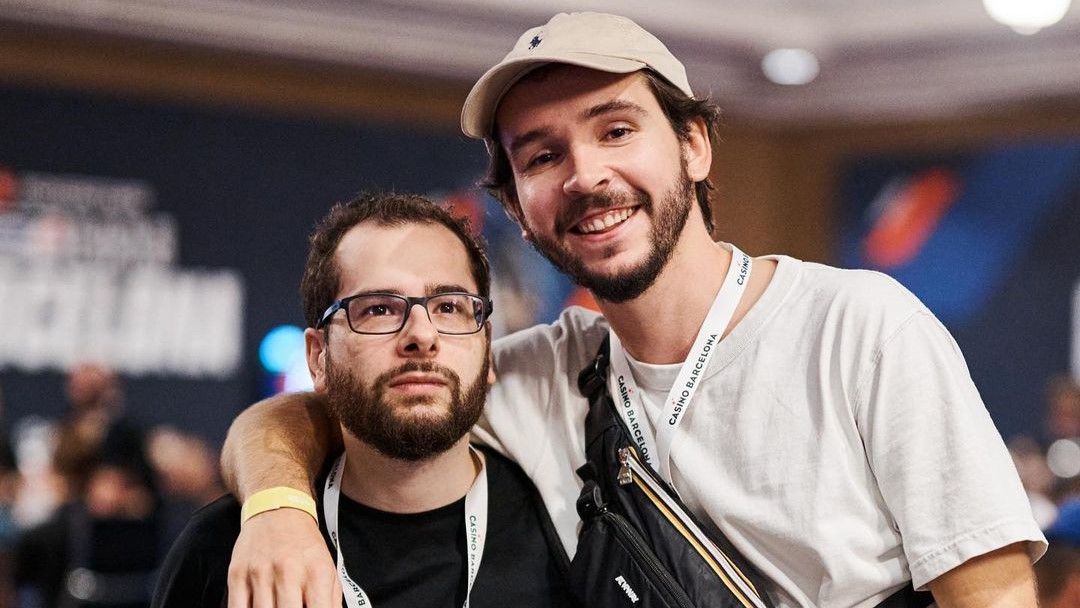 Team PAX (Domingo / Xari) returns to victory
Team PAX (Domingo / Xari) returns to victory Do you know the Rafa Nadal Academy Tour?
Do you know the Rafa Nadal Academy Tour?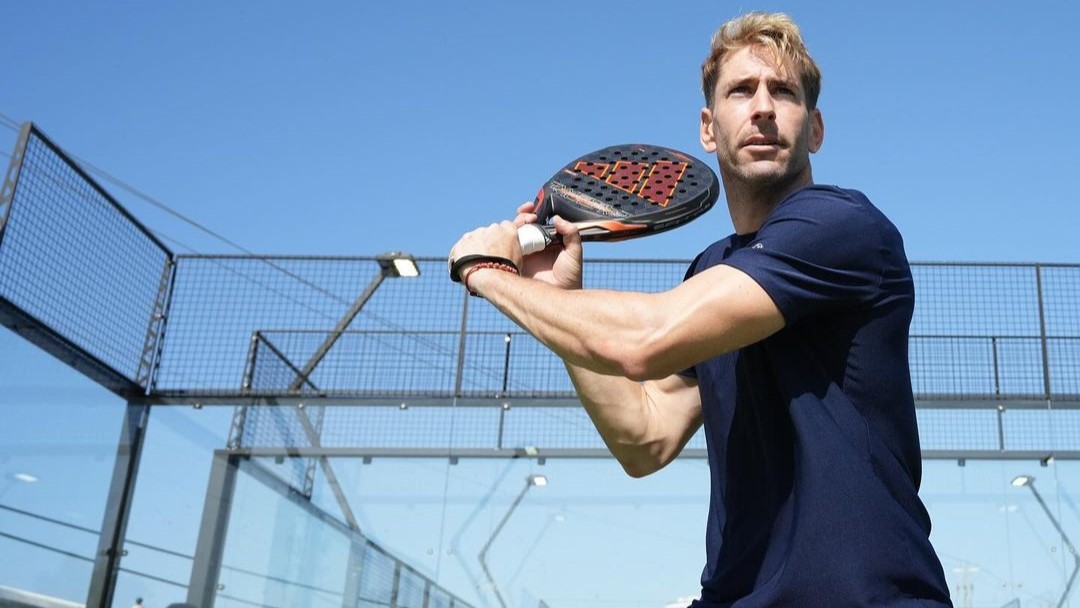 Alex Ruiz: “Finding joy again with Momo”
Alex Ruiz: “Finding joy again with Momo”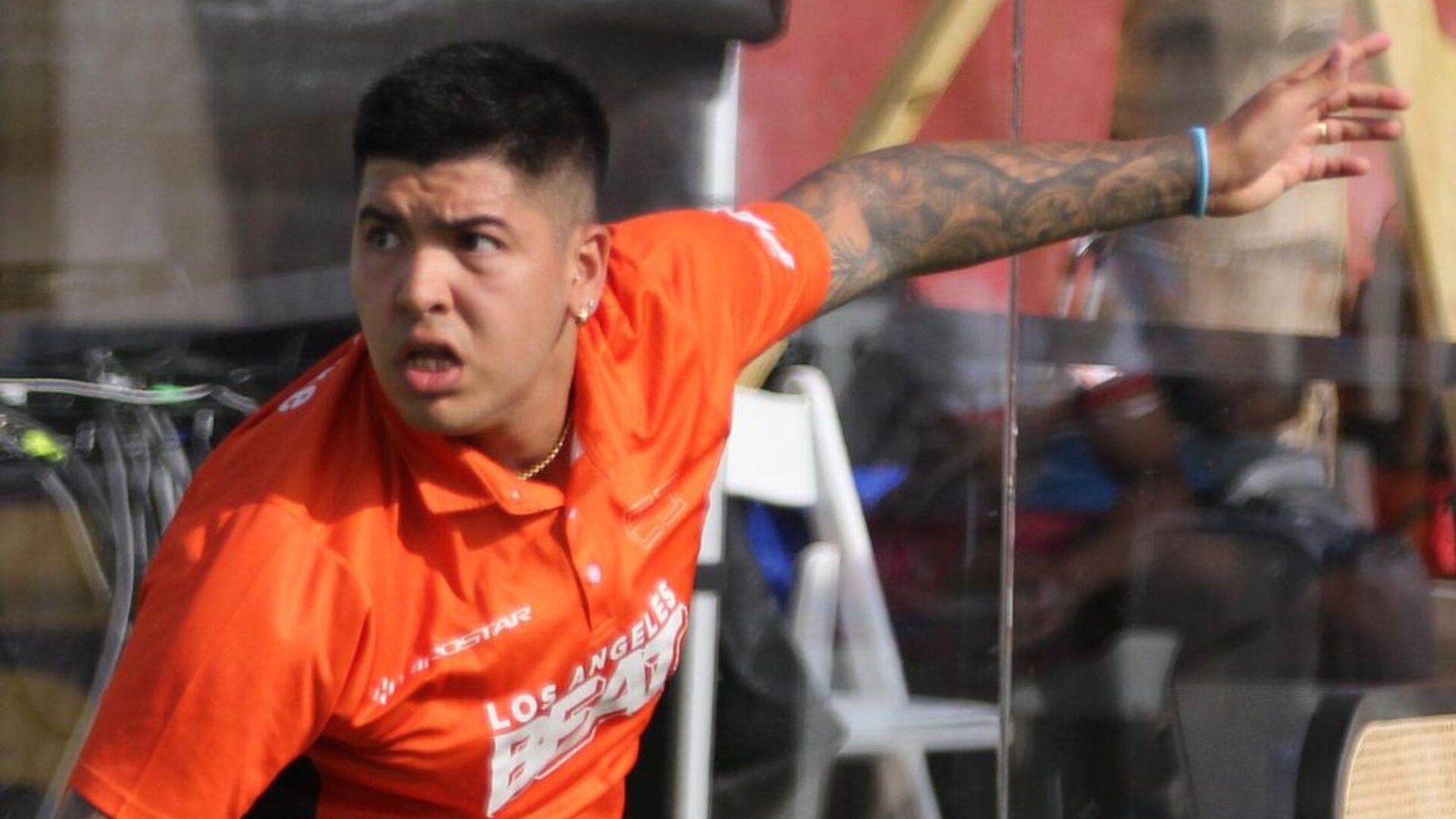 Nerone: “Tolito is not a normal player”
Nerone: “Tolito is not a normal player” Play at padel on his yacht? Possible for €233.000!
Play at padel on his yacht? Possible for €233.000!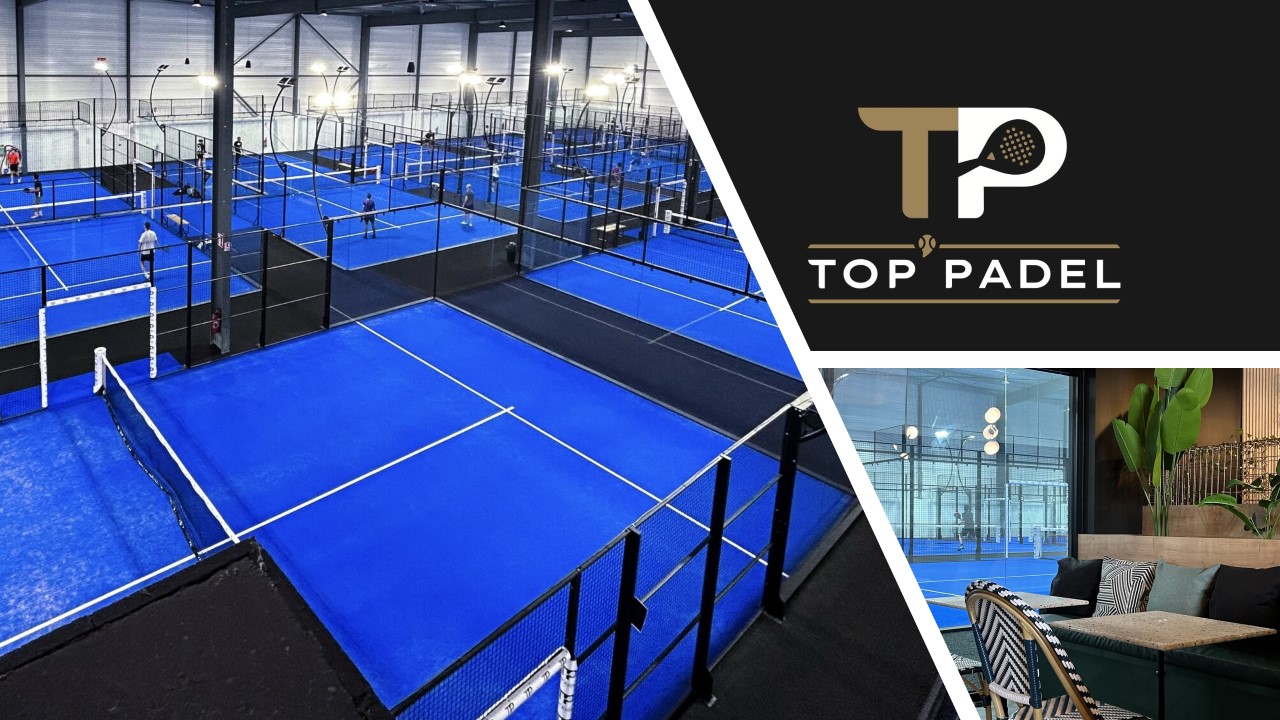 TOP Padel : “A premium club with 10 slopes in Toulouse”
TOP Padel : “A premium club with 10 slopes in Toulouse” Our Top 10 training courses padel in France and Europe
Our Top 10 training courses padel in France and Europe At the heart of padel – Episode 25: Paul and Andoni answer your questions
At the heart of padel – Episode 25: Paul and Andoni answer your questions Tactical padel – What to do when faced with players who systematically stay at the bottom?
Tactical padel – What to do when faced with players who systematically stay at the bottom? The basic tactics of padel
The basic tactics of padel At the heart of padel – Episode 25: Paul and Andoni answer your questions
At the heart of padel – Episode 25: Paul and Andoni answer your questions At the heart of padel – Episode 23: defend the window well
At the heart of padel – Episode 23: defend the window well Prohibition on playing topless Padel : the reasons
Prohibition on playing topless Padel : the reasons FIP Tour – Going far from Europe, THE strategy to earn points!
FIP Tour – Going far from Europe, THE strategy to earn points! What is a good football player? padel ?
What is a good football player? padel ? “Lefties give me headaches when I play against them!”
“Lefties give me headaches when I play against them!” At the heart of padel – Episode 14: how to earn points in winter?
At the heart of padel – Episode 14: how to earn points in winter? A par 4 is always a winner...even if you manage to defend it!
A par 4 is always a winner...even if you manage to defend it! Carbon fiber VS fiberglass: what to choose?
Carbon fiber VS fiberglass: what to choose? How to effectively test a racket padel ?
How to effectively test a racket padel ? La padel to fight Parkinson's disease
La padel to fight Parkinson's disease Don't play with a cracked or broken racket, your body will thank you!
Don't play with a cracked or broken racket, your body will thank you! Michel Cymes: “The padel, physically, it’s serious!”
Michel Cymes: “The padel, physically, it’s serious!” Jeremy Gala: “Promote the padel among young people in Belgium remains a challenge”
Jeremy Gala: “Promote the padel among young people in Belgium remains a challenge” The French Touch Academy organizes its selection day Padel-Study
The French Touch Academy organizes its selection day Padel-Study Report on the detection and training of younger generations
Report on the detection and training of younger generations